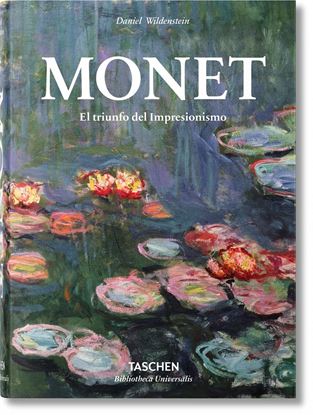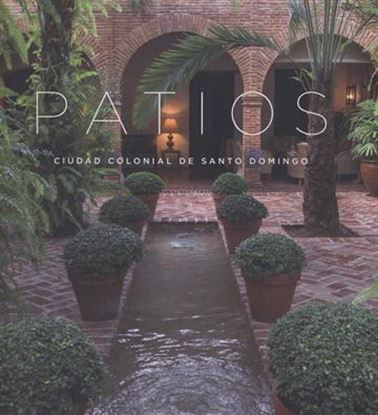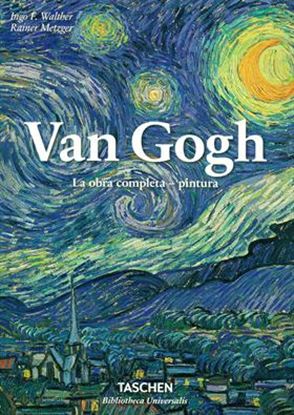

MONET HC (E) (BU)
No other artist, apart from J. M. W. Turner, tried as hard as Claude Monet (1840–1926) to capture light itself on canvas. Of all the Impressionists, it was the man Cézanne called “only an eye, but my God what an eye!” who stayed true to the principle of absolute fidelity to the visual sensation, painting directly from the object.
It could be said that Monet reinvented the possibilities of color. Whether it was through his early interest in Japanese prints, his time as a conscript in the dazzling light of Algeria, or his personal acquaintance with the major painters of the late 19th century, the work Monet produced throughout his long life would change forever the way we perceive both the natural world and its attendant phenomena. The high point of his explorations was the late series of water lilies, painted in his own garden at Giverny, which, in their approach toward almost total formlessness, are really the origin of abstract art.
This biography does full justice to this most remarkable and profoundly influential artist, and offers numerous reproductions and archive photos alongside a detailed and insightful commentary.
1,800
PATIOS. CIUDAD COLONIAL DE SD. (TD)
Patios es un segundo tributo de la editora Nelia Barletta a la ciudad colonial de Santo Domingo en co-edición con Carlo Reyes, uno de los cuatro fotógrafos participantes. Es un libro de fotografia, un libro de arte que capta Ia dimension menos visible de la ciudad colonial: sus patios. Amadeo Anselin, Nemanja Brankovic. Ricardo Briones y Carlo Reyes comparten una visión al retratar los patios y jardines de esta antigua ciudad, declarada Patrimonio Cultural de la Humanidad. Sea la vegetación exuberante o la belleza de una sencilla mesa de hierro en un patio. la magia de un nicho de hiedra o el musgo arropando piedras, las imágenes reflejan el maravilloso eclecticismo de los patios. Además de plasmar lo efímero y cambiante de la naturaleza, las fotografias docUmentan Ia intemporalidad de estos patios. vestigios de la tradición mudéjar de la época colonial.
(Edición Tapa Dura)
2,700
VAN GOGH (TD) (BU)
La historia de Vincent van Gogh es una de las más paradójicas de la historia del arte. En la actualidad se considera uno de los pintores más importantes de todos los tiempos, reconocido con exposiciones que son éxitos de taquilla, museos ensalzados por su obra y precios récord de decenas de millones de dólares en las subastas de sus obras.
Sin embargo, cuando estaba pintando los lienzos que más tarde se convertirían en codiciadas obras maestras, Van Gogh se enfrentaba no solo al desinterés de sus contemporáneos, sino también a devastadores ataques de locura, con episodios de depresión y de una ansiedad paralizadora que terminarían por arrebatarle la vida en 1890, cuando se suicidó con 37 años recién cumplidos.
Este exhaustivo estudio de Vincent van Gogh (1853-1890) incluye una monografía detallada de su vida y obra con una completa selección de 871 pinturas.
1,800











